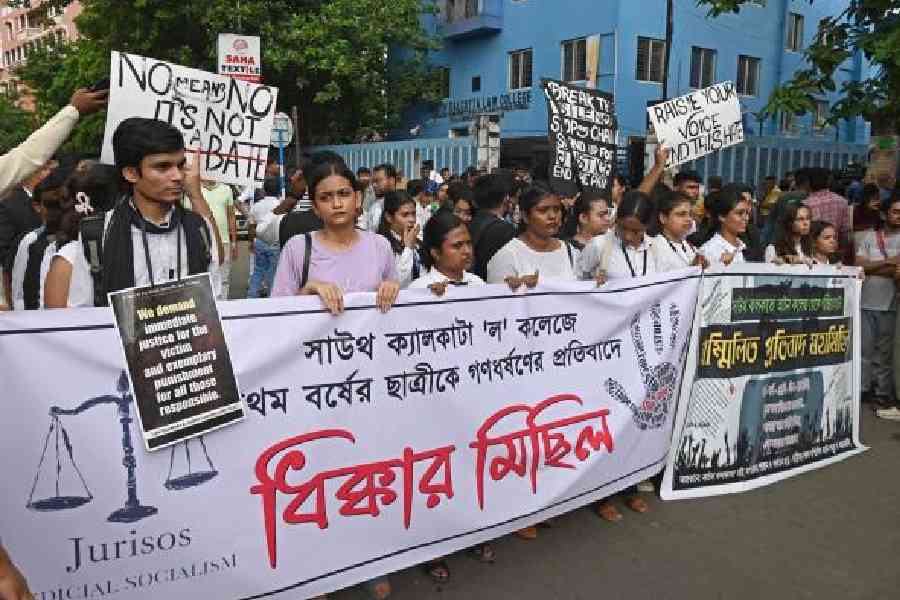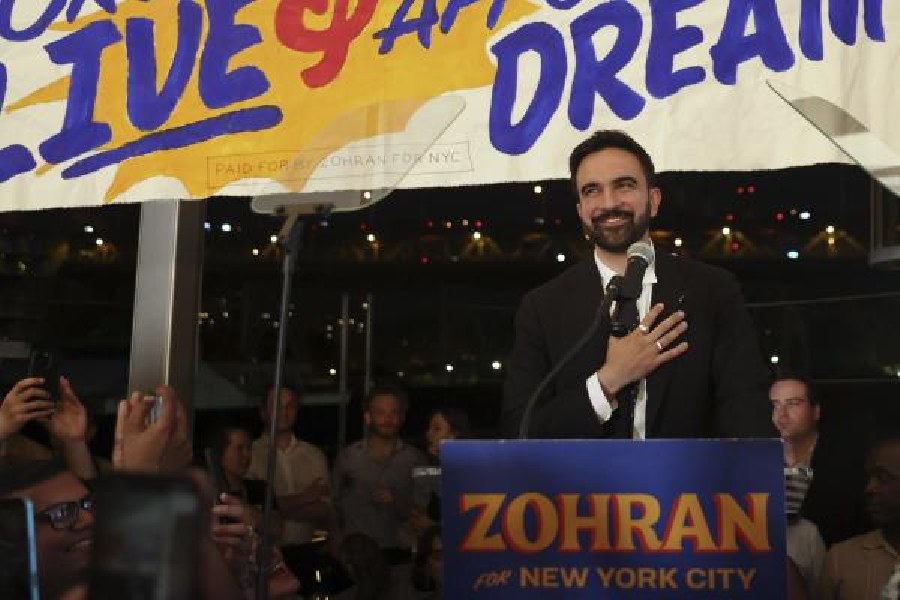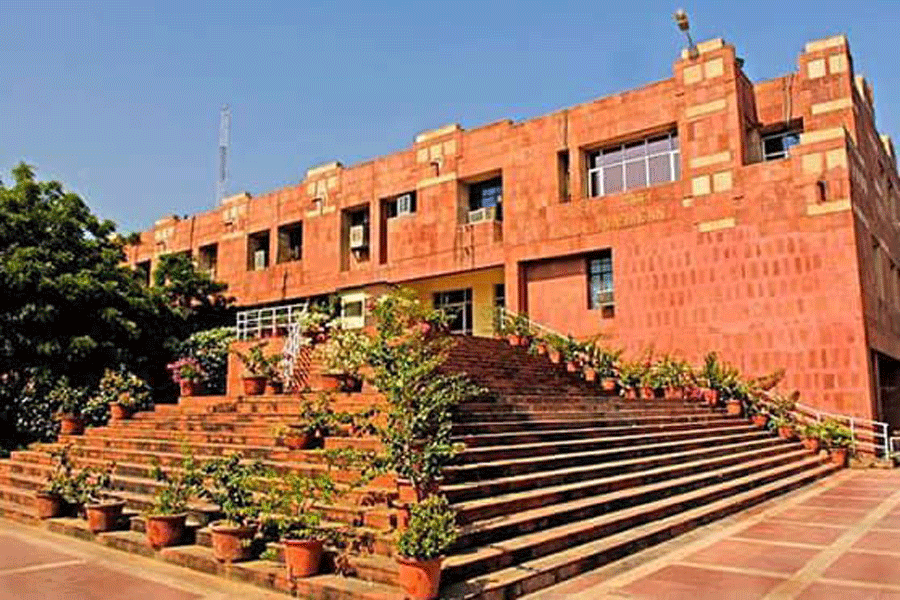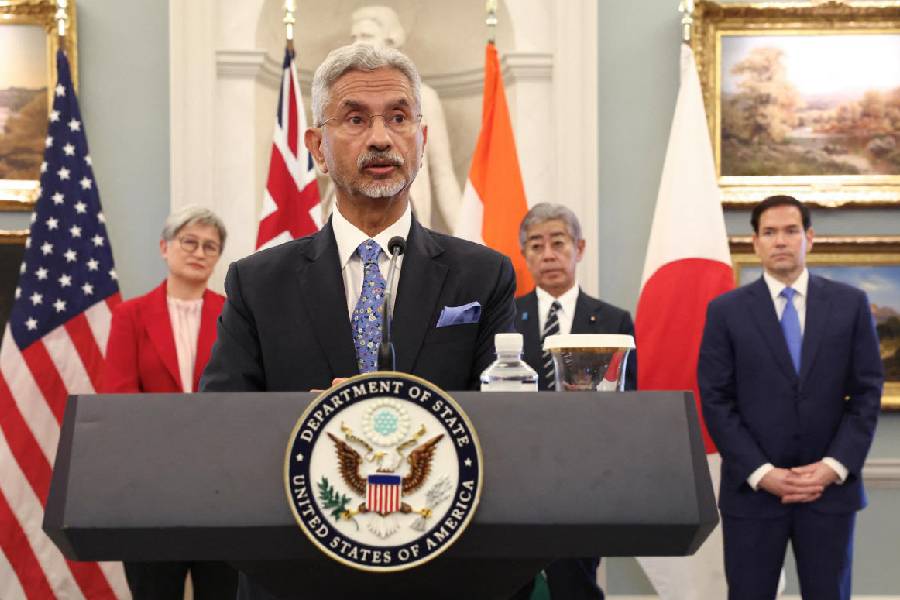 |
| INDIA CALLING: Milan Vohra, the winner of the Harlequin Mills and Boon Passion Writing contest; (below) books from Random House’s Kama Kahini series . |
He did his PhD at Yale and is a professor of chemical engineering at the Indian Institute of Technology, Chennai. But when Harlequin Mills and Boon (HMB) India launched with a Passion Writing contest, 50-year-old Ram Nagarajan shot off his prize-winning entry in just four hours. ‘Arranged Love’ saw Nagarajan declared first runner up earlier this year.
It’s not just HMB — the largest publisher of romance novels in the world with 1,200 titles every year — that’s going local in India. Random House India (RHI) has also launched its Indian historical romance series called Kama Kahani. Authors with such imaginative names as Kiran Kohl, Alessandra Shahbaz, Jasmine Saigal and Sanyogita Rathore are presenting a slew of bygone era zamindars and renegades romancing courtesans and princesses from Rajasthan to Bengal and Lucknow to Punjab in breathless desire.
“All the girls in the editorial team came up with Kama Kahani as we had grown up on western historical romances and there weren’t any homegrown ones,” says Chiki Sarkar, editor-in-chief, Random House India. As for the title, “Well it was kind of an obvious one, no?”
In the land of the Kama Sutra, leading romance novels from the MB treasure chest have for generations fed fantasies revolving around the handsome millionaire who sweeps the feisty heroine off her feet.
The romances are far more diverse now. HMB currently has 10 series including Modern (passionate love stories), Romance (pure romance), Blaze (sexual encounters and fantasy), and even free erotic stories in their Spice section for “discerning” women.
Mills and Boon, which completed a century recently, has seen its India division grow by 20 per cent every quarter, according to Manish Singh, country manager, Harlequin Mills & Boon India.
Involved in the launching of HMB in India was MB’s best-selling author of three decades, Penny Jordan, 62, who had previously written Virgin for the Billionaire’s Taking, her first book with an Indian setting. The hero is a businessman prince called Jay who simmers the English interior designer Keira into capitulation. “History is my big love, and modern powerhouse India is very exciting. There is no real logic why I felt the need to write a romance set in India but I wanted to after seeing an Asian wedding magazine,” says Jordan on the phone from Cheshire, UK.
 |
| Penny Jordan, a popular Mills and Boon author |
She let the story “wiggle round the Raj a bit” although it was set in modern India. “The hero was Indian but the non-Indian heroine was more what I could relate to,” Jordan adds.
HMBI’s other “India” stories have been written by Nicola Marsh, an Anglo-Indian born in Chennai who migrated to Australia when she was two months old. “I was lucky enough to visit India as a child,” says Marsh, whose recent Trip with the Tycoon was set here, with a prequel One Indian Summer available for a free online read. Tycoon tells of a romance through Rajasthan on the Palace on Wheels, a luxury train. “Having never visited the places I described, I meticulously researched and that took a lot of time,” she adds.
Nagarajan’s lighthearted story of a contemporary girl, whose parents give her one month to fall in love or they will match make, was pipped to the post by Love Asana, by ad executive Milan Vohra from Bangalore. Having read many an MB as they are popularly called, Vohra, 45, is now in the throes of writing one of her own.
The trend towards romance for Indians, of Indians and by Indians has led to some unusual challenges for Vohra and other writers who have stepped forward to feed this appetite for mushy romance, sizzling flirtations and some bold passion play.
Yet, despite all the boldness — or perhaps because of it — the writers are mostly a shy bunch. Pen names are popular here. Jasmine Saigal (The Zamindar’s Forbidden Love) and Kiran Kohl (Passion in the Punjab) are reluctant to share real names or telephone numbers, and prefer to email from the US where they both stay.
Ironically, most of the writers share a common bind: penning erotica presents a humongous challenge.
“I think, my biggest difficulty in writing my book were the intimate scenes. My editor told me to read all the erotic literature I could lay my hands on,” says Sanyogita Rathore, 26, who wrote Mistress to the Yuvraj, and is working on her next KK title. Delhi-based Rathore, the only one of the KK writers we spoke to who uses her real name, shares her phone number but prefers to remain faceless.
Kohl grew up in Uganda and is currently based in New York. “I thought it was about time romance novels were written for an Indian audience by Indians,” she says of her book, set in the 19th century. “My heroine Rani feels a burning desire for Ranbir and she is not punished or admonished for this. She is celebrated for it. As it should be. It was very important to me to validate female desire,” she adds.
Ask 30-something Bengal-raised, New York-based Jasmine Saigal how she went about the love portions in her book and she jokes, “With a lot of wine! I had to sit down and really get imaginative.” Saigal who describes herself as a “bit of a prude” says she never imagined she’d end up writing a “saucy” love scene. “It’s an inhibition I had to learn to discard.”
Saigal is a fan of period writers such as Jane Austen and Elizabeth Gaskell. “Of course I read MBs like every other girl, but not too much. Although who doesn’t enjoy a good rom-com?”
Her romance unfolds during the first Partition of Bengal and the beginning of the Swadeshi movement. “I don’t think any of the KKs are really erotic novels — there’s no real sex in them,” she says.
Sarkar describes them as “yummy reads, very romantic, full of great period details and with a few nice love scenes.” Random House India, which launched the series with an initial print order of 5,000, will introduce four more titles next year.
While RHI did not have detailed briefs for its period romances, there were some guidelines. “My editor told me the novel should have as much details about food, clothes and history as I possibly could include,” says Rathore, whose grandfather was from Rajasthan.
The roseate romances of HMBI, on the other hand, work within universal guidelines. “The guide remains the same, since every M&B book is published for a global audience,” says HMBI’s Singh, pointing out that the recent launches of Penny Jordan and Nicola Marsh with Indian settings were released for a global audience. Currently they have over 1,300 authors.
Vohra meanwhile has graduated to a new dilemma: which HMBI line to pursue? In the carefully segmented Mills and Boon sagas the level of spice differs among categories. Should she write a breezy Romance or a hot Modern?
Nagarajan, on the other hand can sleep easy. “I have not read a romantic novel in my life. Now that I can write one, I quit while ahead.”










